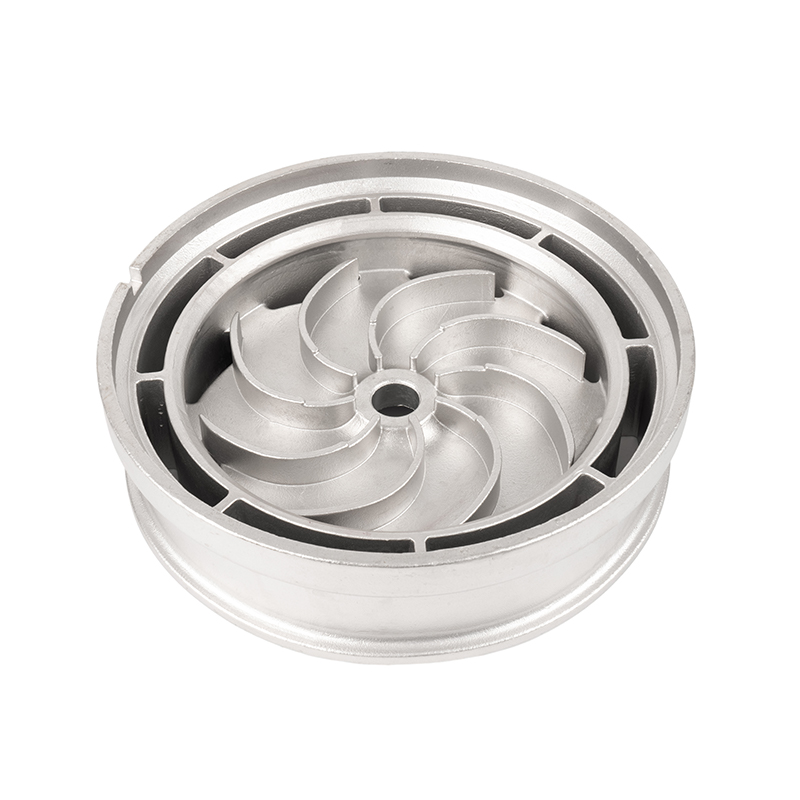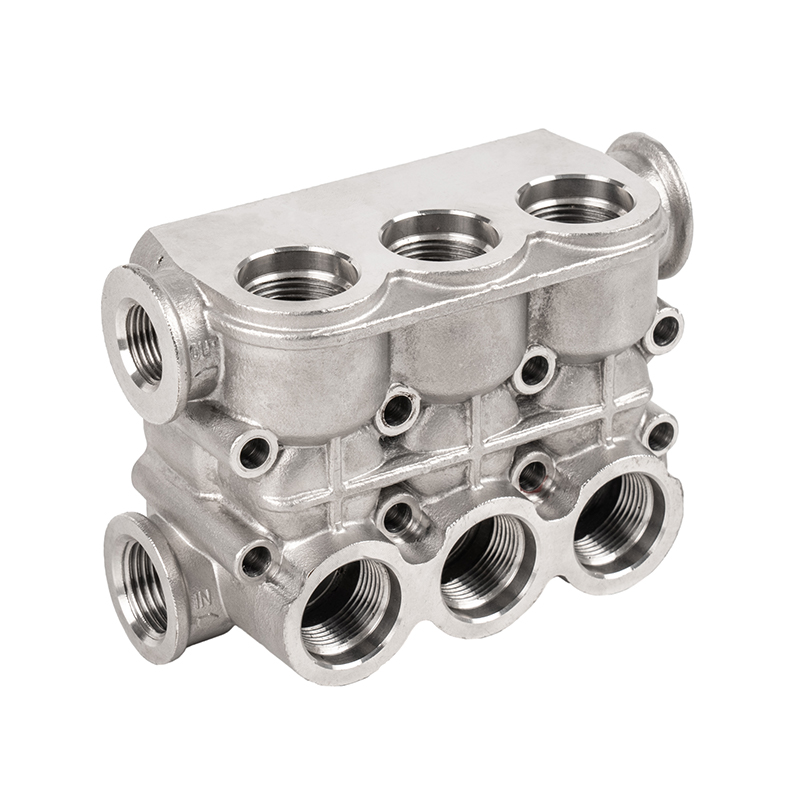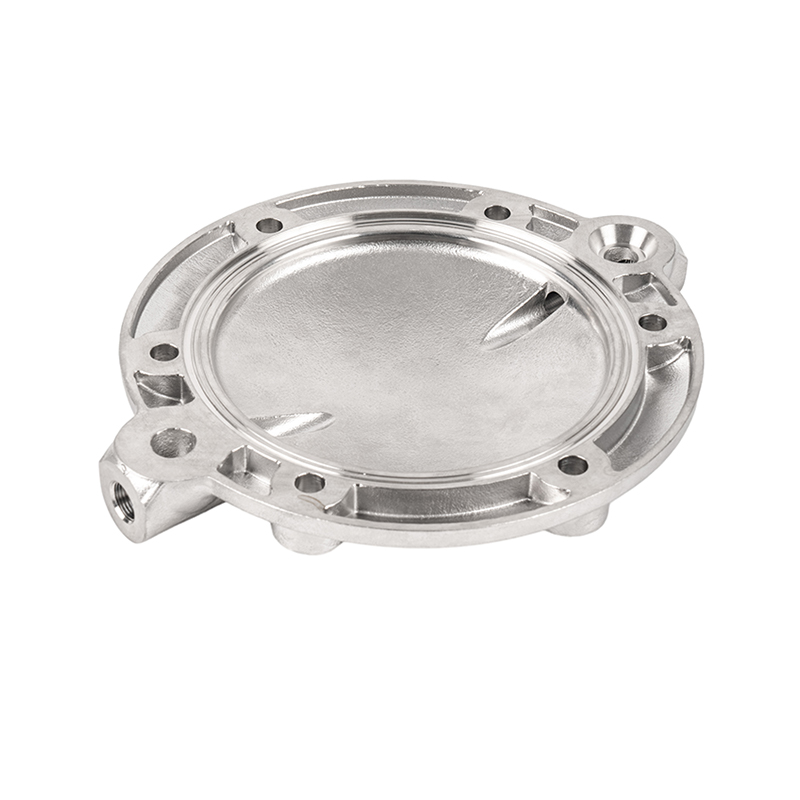What should be paid attention to during the assembly of butterfly valve castings
As a key fluid control device, butterfly valves are widely used in many industries such as petroleum, chemical, power, and water supply and drainage. Its performance and reliability depend largely on the quality of castings and the standardization of the assembly process. In order to ensure the efficient operation of butterfly valves, the following aspects are crucial.
Assembly environment requirements
When assembling butterfly valve castings, the operating environment must be clean and dry. The impact of dust, oil and moisture on the surface quality of castings cannot be underestimated, which may cause poor sealing or accelerated corrosion. Therefore, it is recommended to operate in a dedicated assembly workshop that meets industrial standards. In addition, operators should wear appropriate protective equipment to ensure personal safety during the assembly process.
Inspection and preparation of components
Before assembling butterfly valves, all castings and accessories must be thoroughly inspected. The main components include butterfly plates, valve bodies, sealing rings, and valve stems. The inspection content should cover the following aspects:
Appearance inspection: Ensure that there are no obvious casting defects on the surface of the components, such as pores, cracks or deformations.
Dimension inspection: Use precision measuring tools such as calipers and micrometers to verify whether the dimensions of each component meet the requirements of the design drawings.
Material inspection: Confirm that the materials used meet the relevant industry standards, especially for butterfly valves used in high temperature or corrosive environments, material selection is particularly important.
Guarantee of sealing performance
The sealing performance of the butterfly valve directly affects its working efficiency and service life, so the selection and installation of the sealing ring is crucial during the assembly process. Special attention should be paid to the following matters:
Selection of sealing ring: According to the working medium and temperature, select suitable sealing materials (such as EPDM, PTFE, etc.) to ensure that it has good corrosion resistance and high temperature resistance.
Installation of sealing ring: When installing the sealing ring, be sure to ensure that it is not twisted or damaged, and is evenly placed in the designed groove. Too tight or too loose installation will have a negative impact on the sealing effect.
Connection between valve stem and butterfly plate
The connection between valve stem and butterfly plate is a key link in the assembly of butterfly valves. Improper connection may cause the valve to fail to open or close normally, so special attention should be paid to the following points:
Alignment of valve stem: When connecting the valve stem and butterfly plate, ensure that the center line of the valve stem and the butterfly plate are aligned to avoid eccentric installation to ensure the normal operation of the valve.
Tightening torque: Use a torque wrench to properly tighten the valve stem according to the manufacturer's recommendations. Overtightening may cause the valve stem to break, while too loose may cause the valve to leak.


 English
English Español
Español русский
русский 中文简体
中文简体

















